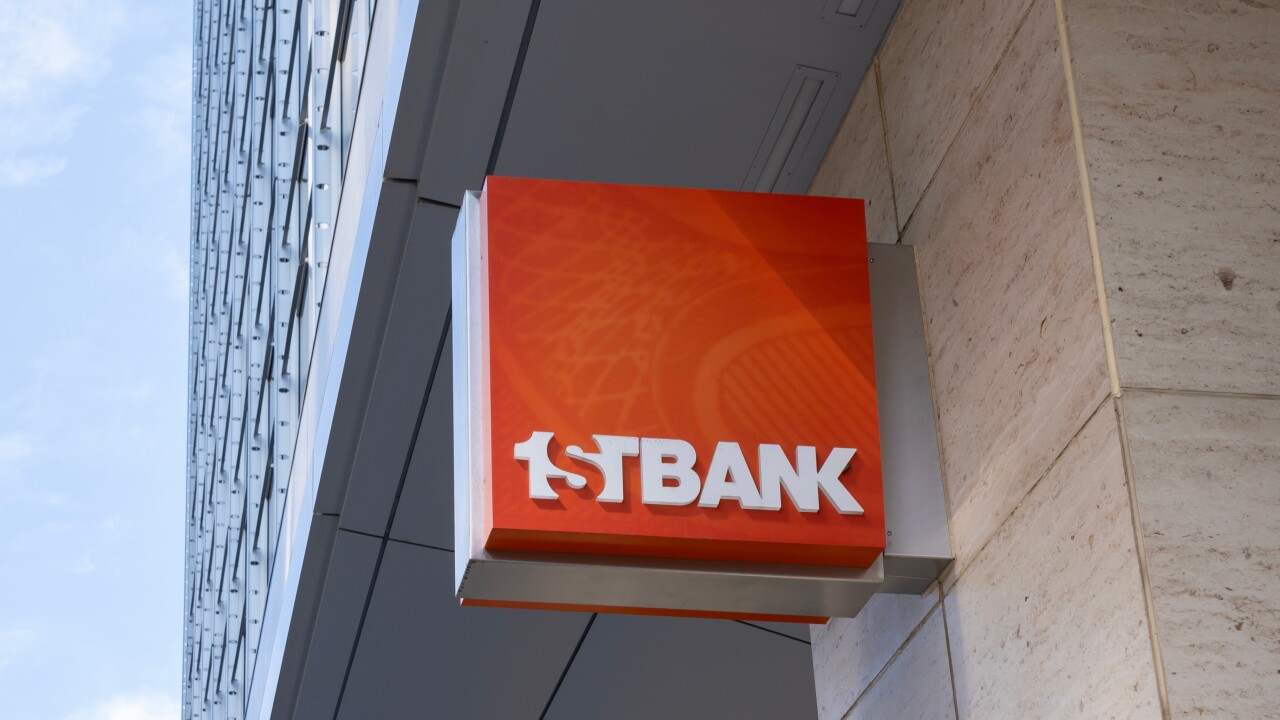



Peter Horst describes it as "surround sound" marketing.
In metro stations, along the jetways of two airports, even at local high school football games, Capital One Financial Corp. plastered its name all over the Washington area throughout the fall-to coincide with the rebranding of Chevy Chase Bank. "If you were anywhere in the D.C. area, you could not possibly miss the fact that Capital One was here," says Horst, the chief marketing officer for the company's banking division. "We really did kind of take over the town."
The $195 billion-asset Capital One, which bought Chevy Chase last year, also enlisted local sports celebrities Donovan McNabb and Alexander Ovechkin to appear in some of its ads. A primary reason that people look for a new bank is because of relocation, and McNabb is probably the most famous new resident in the Washington area-"after the president," says Horst. The NFL quarterback is playing with the Redskins this year after a decade with the Philadelphia Eagles.
One of the Capital One television spots shows him moving into a house, with Ovechkin, of the NHL's Washington Capitals, doing all the work. McNabb, relaxing in a still-bubble-wrapped chair with his laptop, asks what bank he should use. "Capital One Bank," says Ovechkin, a box as big as a refrigerator strapped to his back. "They're everywhere."
Horst says Capital One had four major objectives for the marketing: to announce the name change, to make people aware that it has the most branches and automated teller machines of any bank in the area, to underscore its commitment to helping local residents and businesses, and to plug the new products it rolled out in the market, like rewards checking.
Though Capital One, which is best known for its credit cards, has long been a heavy advertiser, Horst says, "This was our biggest, most complex initiative ever." The company worked with numerous agencies on the campaign, which included print, radio, television, online, outdoor, direct mail and event marketing components.
Its ads saturated metro stations, with lines like "Easier to find than a lobbyist" and "Brancheseverywhereallovertheplace." It sponsored high school football games, offering free admission and bringing in DJs to play beforehand.
On the day it unveiled the Capital One signs at the branches, a removable ad wrapped around The Washington Post, covering the back page and half of the front page. "That was the first time The Washington Post ever wrapped the front page like that," Horst says.
Some of its ads also star actual bankers and their clients-including one featuring a day-care center that got a loan from the bank-to illustrate its support for local businesses.
Capital One incorporated lessons it learned from its two previous bank conversions, North Fork in New York and Hibernia in Louisiana. "We had the advantage of having been through this twice before," Horst says.
But folding such an established brand as Chevy Chase into Capital One was still a challenge; the company took more than a year to switch the name, as it mapped out a strategy to ensure the conversion went smoothly. "We wanted to be very careful, first and foremost, to not screw up that great franchise we just acquired," Horst says.
The ad blitz is making an impression. Five days after the launch, Capital One's research showed it already had seen an improvement in awareness, consideration and perception, Horst says. Top-of-mind awareness tripled.
Scott Brunner, president of the Pittsburgh advertising agency Brunner, says the way the campaign plays off of Capital One's "What's in Your Wallet" credit card campaign can work for or against it. The tag line is easily recognizable, but is less relevant to banking than credit cards.
Another drawback is that the credit card industry in general is suffering from poor consumer perception lately, he says. But the use of the local sports celebrities can reinforce a strong local connection and elicit positive feelings.





